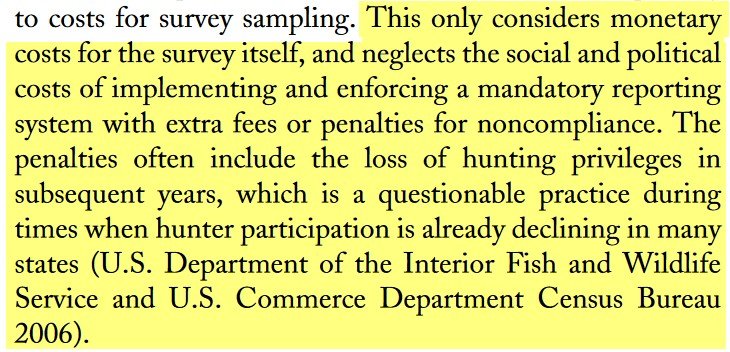Carnage2011
Well-known member
Kind of. The 454 tags are basically guaranteed in most units and they can get multiple for one ranch. I believe Wilks got 8 for the N Bar the first year. While Wilks can’t sell them I believe they can give them to whoever they want.There is some big differences in landowner preference we have in Montana and landowner tags.
I can understand the issues people have with the landowner preference draw, but comparing it to transferable landowner tags is apples and oranges.
With landowner preference we are basically giving 10% of the original quota plus an additional 15%. With the loopholes of the 454, I wouldn’t say they are far from transferable landowner tags.
I’m with @Big Fin though. I think I’d accept transferable landowner tags for PRIVATE LAND ONLY in exchange for 3x higher elk objectives!
Anyways, back to the annual Hunttalk mule deer rant…





